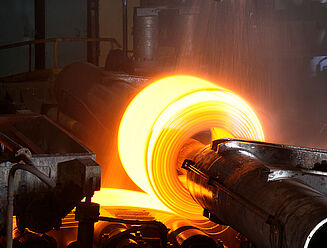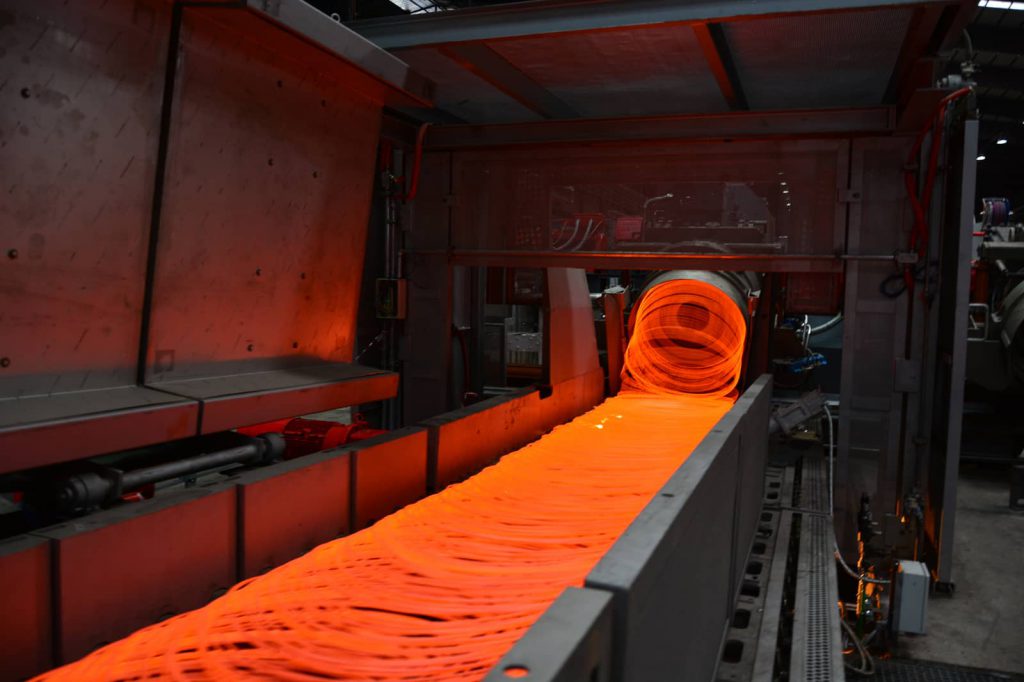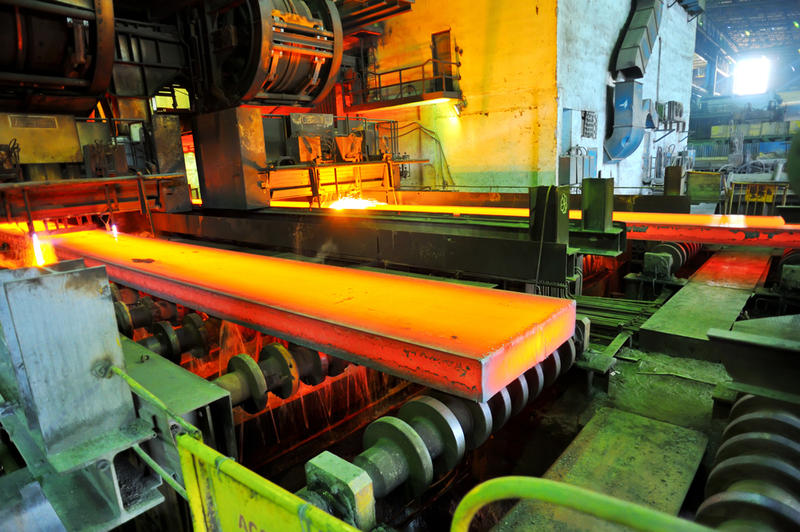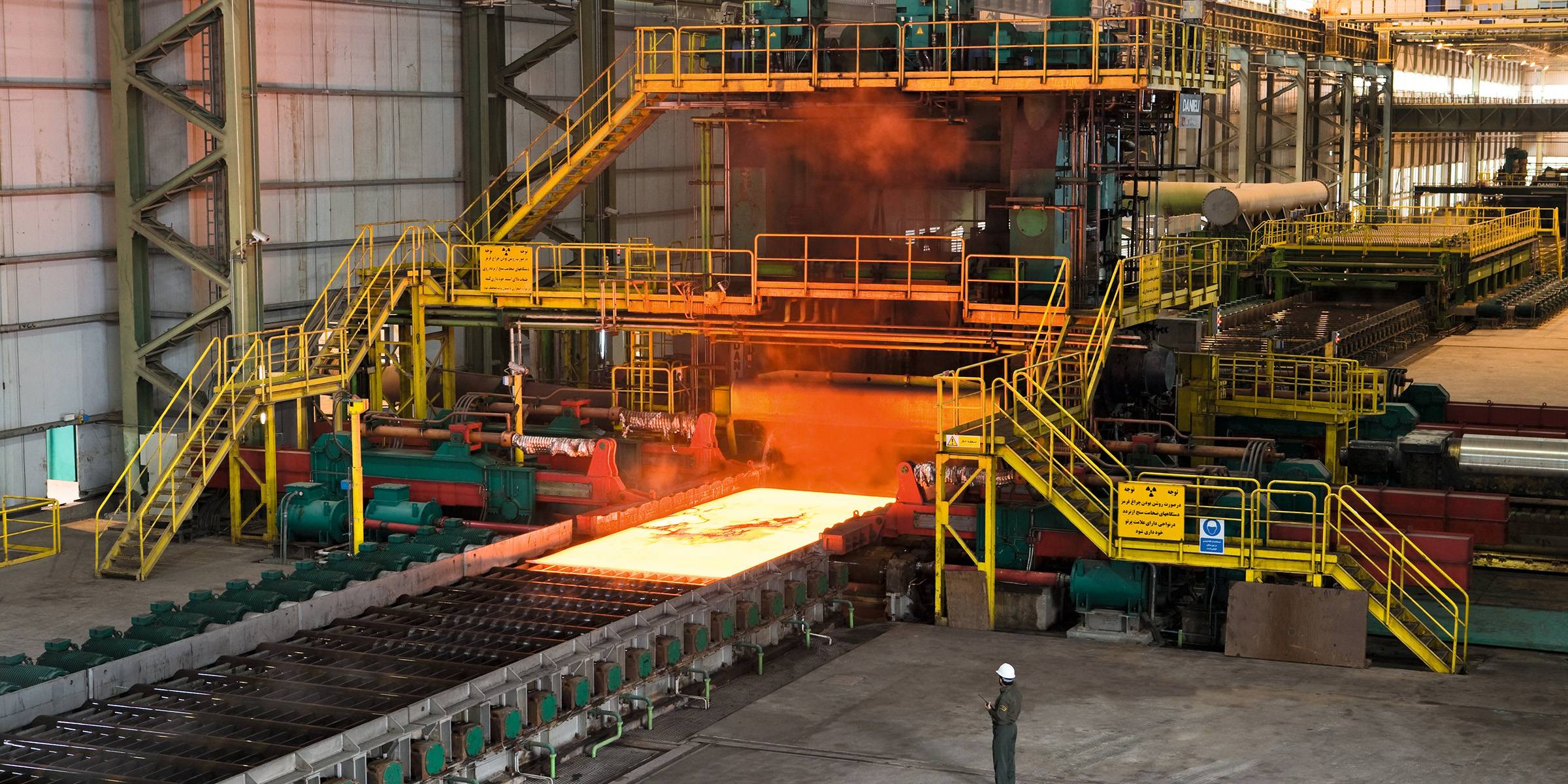Hot Rollig Mill Gears
The metallurgical hot rolling mill is a key component in the production of metal products, and gears play a vital role in ensuring its efficient operation. These rolling mills are used to shape metal into various products such as sheet, rod, and coil by subjecting the metal to high temperatures and pressures. Gears are critical to the operation of a hot rolling mill as they help transmit the power and torque needed to drive the rollers and manipulate the metal.
One of the key areas where gears are needed in a metallurgical hot rolling mill is in the rolling process itself. Gears are used to drive rollers, which exert pressure on the metal to deform it into the desired shape. This process involves high temperatures and heavy loads, requiring specially designed gears to withstand such extreme conditions. Gears used in hot rolling mills are usually made of high-strength materials such as alloy steel and are precision engineered to ensure smooth and reliable operation.
Another key area where gears are essential in metallurgical hot rolling mills is in the handling and manipulation of metal. Gears are used in various machinery such as coilers, shears and conveyors, which are an integral part of the rolling process. These gears enable the precise movement and positioning of metal as it passes through the different stages of the rolling mill, ensuring that the final product meets the required specifications.
In addition, auxiliary systems such as the lubrication and cooling systems of hot rolling mills also require gears. These systems are critical to maintaining optimal plant operating conditions and ensuring the longevity of equipment. Gears are used to drive pumps, fans and other components of these systems and play a vital role in the overall efficiency and reliability of the plant.
In summary, a metallurgical hot rolling mill requires gears in every aspect of its operation, from drive rollers to handling metal and operating assistance systems. The design and quality of the gears used in these rolling mills are critical to ensuring the smooth and efficient production of high-quality metal products. Therefore, hot rolling mill gear selection and maintenance are important considerations for metallurgical professionals.
Rod Wire Rough Rolling Gears
Rough rolling of wire rod is a key process in the manufacturing of various metal products, and gears play a vital role in ensuring the efficiency and accuracy of this process. Rough rolling of rod and wire involves reducing the diameter of the metal rod through a series of passes in the rolling mill. Gears are important components in the machinery used for this process and are required in specific areas to facilitate smooth and controlled movement of rolling equipment.
One of the key areas where gears are needed in rough wire rod rolling is in the rolling mill drive system. Gears are used to transmit power from the motor to the drums, allowing them to rotate at the speed required to process the metal rods. The gears in this part of the machinery need to be strong and durable to withstand the high torque and heavy loads during rough rolling. In addition, they must be precisely designed to ensure precise synchronization of the rollers to achieve a uniform reduction in rod wire diameter.
Another critical aspect of wire rod roughing is the rolling mill's regulating mechanism, of which gears are essential. Gears are used in the control system to adjust the distance between the rollers, allowing precise adjustment of the bar size during the rolling process. These gears enable operators to fine-tune rolling parameters, ensuring the production of rod and wire with the desired diameter and surface finish.
In addition, gears are also an integral part of rough rolling machine auxiliary components, such as cooling and lubrication systems. These systems rely on gears to drive pumps and other equipment critical to maintaining optimal operating conditions in the rolling mill.
In summary, the need for gears during wire rod roughing is evident in all aspects of the process, including power transmission, roll synchronization, dimensional control and auxiliary systems. Proper selection and maintenance of gears is critical to ensuring the efficiency, accuracy and reliability of roughing operations, which ultimately contributes to the quality of the rod and wire produced.
Conveyor Rollers Gears
Metallurgical conveyor rollers play a vital role in material transportation in the metallurgical industry. These rollers are an important part of the conveyor system, allowing for the smooth and efficient movement of heavy materials such as metal ore, scrap metal and finished metal. However, the question arises: Where do metallurgical conveyor rollers need gears?
Gears are an integral part of conveying systems, especially in the metallurgical field. They are required at all stages of the material transport process to ensure seamless operation of conveyor rollers. One of the main areas where gears are essential is in the drive system of conveyors. The gears are responsible for transmitting the power from the motor to the rollers, allowing them to move material along the conveyor belt. In metallurgical applications, where heavy loads are common, gears must be strong and able to handle high torques and stresses.
Additionally, gears are critical in controlling the speed and direction of conveyor rollers. By using different gear ratios, the speed of the rollers can be adjusted to meet the specific requirements of the metallurgical process. This is particularly important in applications where precise control of material flow is required, such as in the production of steel, aluminum or other metal products.
Additionally, gears are critical to maintaining the correct alignment and movement of the rollers in situations where the conveyor system needs to travel uphill, downhill, or in curves. The gears help ensure that the drum maintains its position and orientation, preventing any potential problems such as material spillage or misalignment.
In summary, metallurgical conveyor rollers require gears in various critical areas of their operation. From driving drums to controlling their speed and direction, gears play a vital role in ensuring the metallurgical industry transports materials efficiently and reliably. Therefore, selecting high-quality gears designed specifically to meet the needs of metallurgical applications is critical to the overall performance and productivity of your conveyor system.
Plate Mills Gears
Metallurgical sheet rolling mills play a vital role in the production of sheet metal used in various industries. These factories are equipped with heavy machinery and specialized equipment to process raw materials into high-quality sheet metal. One of the key components for the operation of a medium plate rolling mill is the gear. Gears are essential for the smooth and efficient operation of metallurgical plate rolling mills, and they are used in all stages of the production process.
Gears are an integral part of the operation of metallurgical plate rolling mills for many reasons. First, they are used in the rolling process, where raw materials are shaped and compressed to form sheet metal of specific thickness and dimensions. Gears in plate mills help transfer power and torque to the rollers, allowing them to apply the necessary force to shape the metal. Without gears, the rolling process would be inefficient and unreliable, resulting in substandard plate quality.
In addition, gears are used in the feeding and handling mechanisms of plate rolling mills. They are responsible for controlling the movement of raw materials and finished panels, ensuring they are transported smoothly and accurately within the factory. This is essential to maintain the integrity of the metal plates and prevent damage or defects during production.
Additionally, gear durability and accuracy are critical to the overall reliability and safety of a metallurgical plate rolling mill. The heavy-duty nature of the milling process requires gears that can withstand high loads and operate continuously without compromising performance. Additionally, the precise alignment and meshing of the gears is critical to maintaining plate thickness accuracy and consistency throughout the production process.
In summary, metallurgical plate rolling mills rely heavily on gears to ensure efficient and reliable production of high-quality sheet metal. Gears play a vital role in the rolling, feeding and handling processes of plate mills, helping to improve the overall productivity and quality of the final product. Therefore, it is necessary to invest in high-quality gears and ensure they are properly maintained to optimize the performance of metallurgical plate rolling mills.








